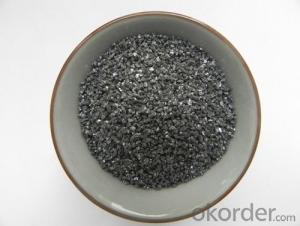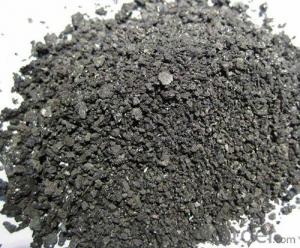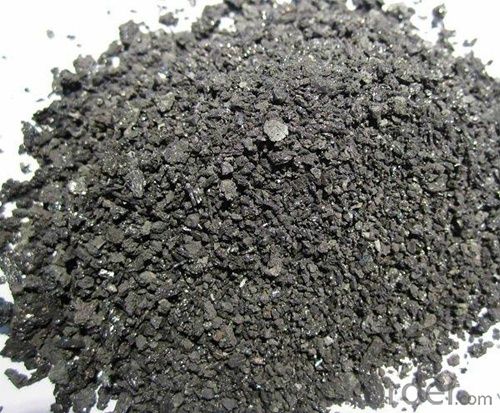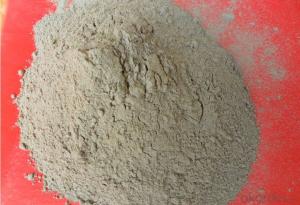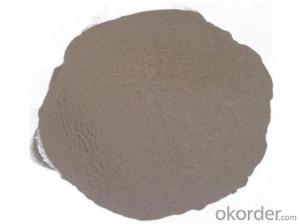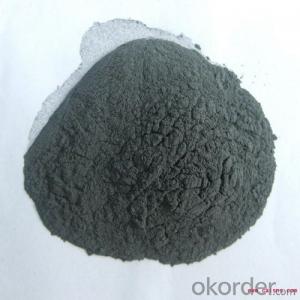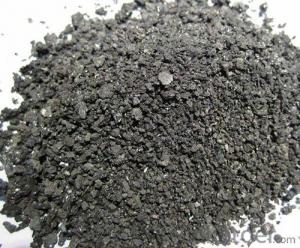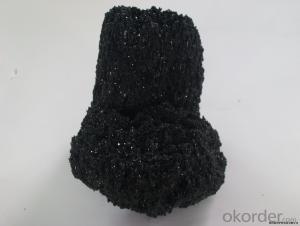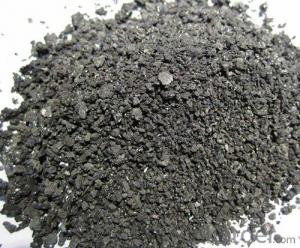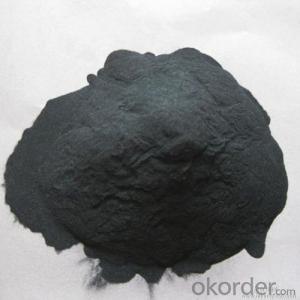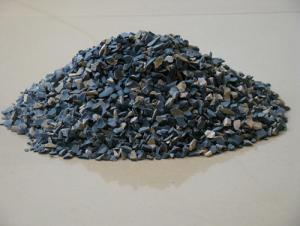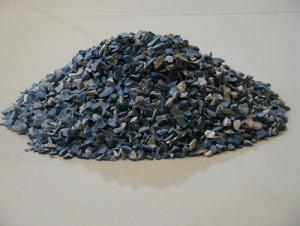Raw Materials for Refractory:Abrasive Aluminium Oxide/Zirconia/Silicon Carbide Sanding Belts for Sanding and Polishing
- Loading Port:
- China main port
- Payment Terms:
- TT OR LC
- Min Order Qty:
- 25 m.t.
- Supply Capability:
- 2000 m.t./month
OKorder Service Pledge
OKorder Financial Service
You Might Also Like
Quick Details
| Place of Origin: | Jiangsu, China (Mainland) | Brand Name: | cnbm | Model Number: | As your request |
| Material: | A/O,Z/A,S/C, A/O,Calcined A/O,Z/A,S/C | Usage: | sanding/polishing | Abrasive Grain Sizes: | #40-#400 |
| Coulor: | red,brown,blue,black,colorful | Usual size: | 10*330/20*520/100*915/200*750/300*750mm | Grit: | 40#-#400 |
| Keyword 1: | sanding belt | Keyword 2: | aluminium oxide sanding belt | Keyword 3: | abrasive aluminium oxide sanding belt |
| Keyword 4: | sanding and polishing | Artical: | abrasive aluminium oxide/zirconia/silicon carbide sanding belts | Keyword: | sanding belt |
Packaging & Delivery
| Packaging Details: | sanding belt packing: boxes or cartons,as your request |
| Delivery Detail: | 15-30 days after advanced payment |
abrasive aluminium oxide/zirconia/silicon carbide sanding belts for sanding and polishing
Specification:
1) Material: aluminium oxide, silicon carbide
2) Grit size: P40-400
3) Specially designed for auto bodywork and furniture
4) Can be used on all unfinished and painted surfaces
Work surfaces:
Standard and alloyed steel, stainless steel, aluminium, nonferrous metals, cast iron, alloys.
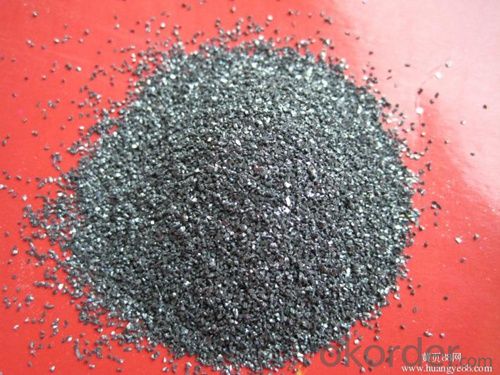
- Q: Are fire materials poisonous after burning?
- High temperature oxide materials in refractory special applications, such as aluminum oxide, lanthanum oxide, beryllium oxide, calcium oxide, zirconium oxide, refractory compounds, such as carbides, nitrides, borides, silicides and sulfides; high temperature composite materials, including metal ceramics, high temperature inorganic coatings and fiber reinforced ceramics.
- Q: What kind of material is good for cabinet fireproof board
- Cabinet fireproof plate can be classified into fiber cement fireproof board, metal fire proof board, mineral wool fireproof board, perlite fireproof board, all sorts of fire prevention board. Fiber cement fireproof board is a kind of ornament plate using siliceous or calcareous as main materials and combined with a certain proportion of fibre material; metal fireproof board is a kind of decorative plate made of aluminum plate, stainless steel plate, color steel plate and other metal materials as the main raw material and added by certain flame retardant materials. Mineral wool fireproof board is a decorative plate made of mineral wool and glass wool; perlite fireproof board is hollow fire proof plate made of low alkalinity cement as the main raw material, and supplemented by certain perlite with fireproof function as filling. Fiber cement fireproof board is a kind of new material increasingly gets popular with superior heat insulation, sound insulation performance, belonging to the A1 level fire materials 1, Suzhou total surplus purification A-grade fireproof rock wool colored steel rock wool board range of applications: Partition ceiling material: Rock wool reference price: On a square 58.00/2 meters, Huarui thermal insulation fireproof materials aluminum silicate refractory aluminium silicate A-grade fireproof heat insulation aluminium silicate plate temperature: 1000 core material: Reference price for aluminum silicate fiber cotton: $3500.00\ ton
- Q: What is the function of refractory material?
- Refractory is a basic material in the field of high temperature technology. Generally, the refractory is used as structural material or lining to resist high temperature in various thermal equipment and high temperature container. In the iron and steel industry and metallurgy industry, coke ovens are mainly composed of refractory materials. Various refractories that meet the requirements are essential in blast furnace for ironmaking, hot stove, all kinds of steel-making furnaces, soaking furnace and heating furnace. Not only the die casting for molten steel needs lots of refractory materials, but also the continuous casting needs some high-quality refractory materials. Without high-quality refractory materials, external refining is also not impossible to achieve. Statistics show that the steel industry is the sector that needs the most refractory. Pyrometallurgy and thermal processing of ferrous metal also needs refractories. All high-temperature furnaces or lining in construction materials industry or other high temperature industries that produce silicate products such as glass industry, cement industry, and ceramics industry must be constructed with refractory materials. All kinds of roasting funaces, sintering funaces, heating furnaces, boilers, flues, chimneys and protective layers in chemical, power and machinery manufacturing industry need refractories. In short, when some kind of structures, devices, equipments or vessels are used under high temperature, they all should utilize refractory to resist the high temperature because those materials will deform, soften and fuse or will be eroded, scoured or broken due to the physical, chemical, mechanical effects, which may stop the operation, affect the production, contaminate processed objects and impact the quality of products.
- Q: What are the characteristics of magnesium fireproof plate
- Fire Excellence: Glass magnesium plate is non combustible plate having good fire-resisitance quality. Flame will never burn continuously on it. It does not catch on fire when temperature reach 800 ℃, and will not be lit up at 1200 ℃. The plate, having high-quality keel partition system, is rated as the highest non-combustible level A1 with fire resistance being above 3 hours. It absorbs a lot of heat when fire is burning, delaying rise of ambient temperature. Waterproof and moisture proof: Glass magnesium plate functions steadily whenever weather is dry and cold or humid and damp, not influenced by condensed water drop and moist air. Even air dried after soaked in water for a few days, no deformation, it will not go out of shape, turn soft, or absorb moisture After testing, the board has no water permeability. Light weight and seismic resistance: Low overall plate density of 0.8-1.2g/cm3 reduces the building's load, and the weight of building interior wall by over 60%, and increases the use area by 5-8%. Its lightweight is conducive to anti-seismic, can effectively reduce main cost of foundation and structure. Superior strength: Magnesite has special 5.1.8 phase covered fiberglass cloth and good toughness of plant fiber. Altough glass magnesium fireproof plate is light, it has tight structure, good stability, wood-like toughness, outstanding performance in impact resistance, compressive strength, tensile strength equal rigidity and toughness, with flexural strength up to 322kgf\cm2 (vertical) and 216kgf\cm2 (level of) as well as impact strength of 25MPa.
- Q: What is fireproofing material? Are fireproof materials the same thing with thermal insulation materials and refractories?
- The refractory material is capable of withstanding high temperature burning, while fireproofing material is to prevent burning. They are different from each other
- Q: Which schools are the best schools in the world for learning knowledge about refractories?
- Wish it helps you out.
- Q: What are the raw materials of refractory?
- Refractory is mainly resistant to high temperature and fire. Sic refractories are widely used in refractory. I hope my answer will be helpful to you.
- Q: What are the types of steel refractory materials
- The major category is classified as permanent layer, working lining. Specific varieties: Air permeable brick (corundum). steel ladle brick (magnesia or corundum), permanent layer castable (high alumina), reinforcing material for ladle bottom, repair material for the edge of tank and so on.
- Q: What are the new types of refractories? What are the characteristics? Their applications and developments?
- A new type of refractory materials are: A12O3-TiO2-SiO2 refractories, MgO-A12O3-TiO2 refractories, MgO-CaO-TiO2 refractories, MgO-SiC-C refractories, nanotechnology MgO-C brick, MgO-AL2O3-AIN refractories, MgO-La2O3 refractories etc..
- Q: What's the commonly used refractory material for ladle?
- Commonly used types of refractory material for ladle are as follows: high-alumina brick, clay brick, magnesia-carbon brick, aluminum carbon brick, magnesia chrome brick, spinel brick, corundum brick, high alumina castables, aluminum silicon carbide carbon castables, refractory castables for ladles, magnesium castables, magnesia chrome spray coating, dry vibration materials, etc. Hope it's helpful for you!
Send your message to us
Raw Materials for Refractory:Abrasive Aluminium Oxide/Zirconia/Silicon Carbide Sanding Belts for Sanding and Polishing
- Loading Port:
- China main port
- Payment Terms:
- TT OR LC
- Min Order Qty:
- 25 m.t.
- Supply Capability:
- 2000 m.t./month
OKorder Service Pledge
OKorder Financial Service
Similar products
Hot products
Hot Searches
Related keywords
